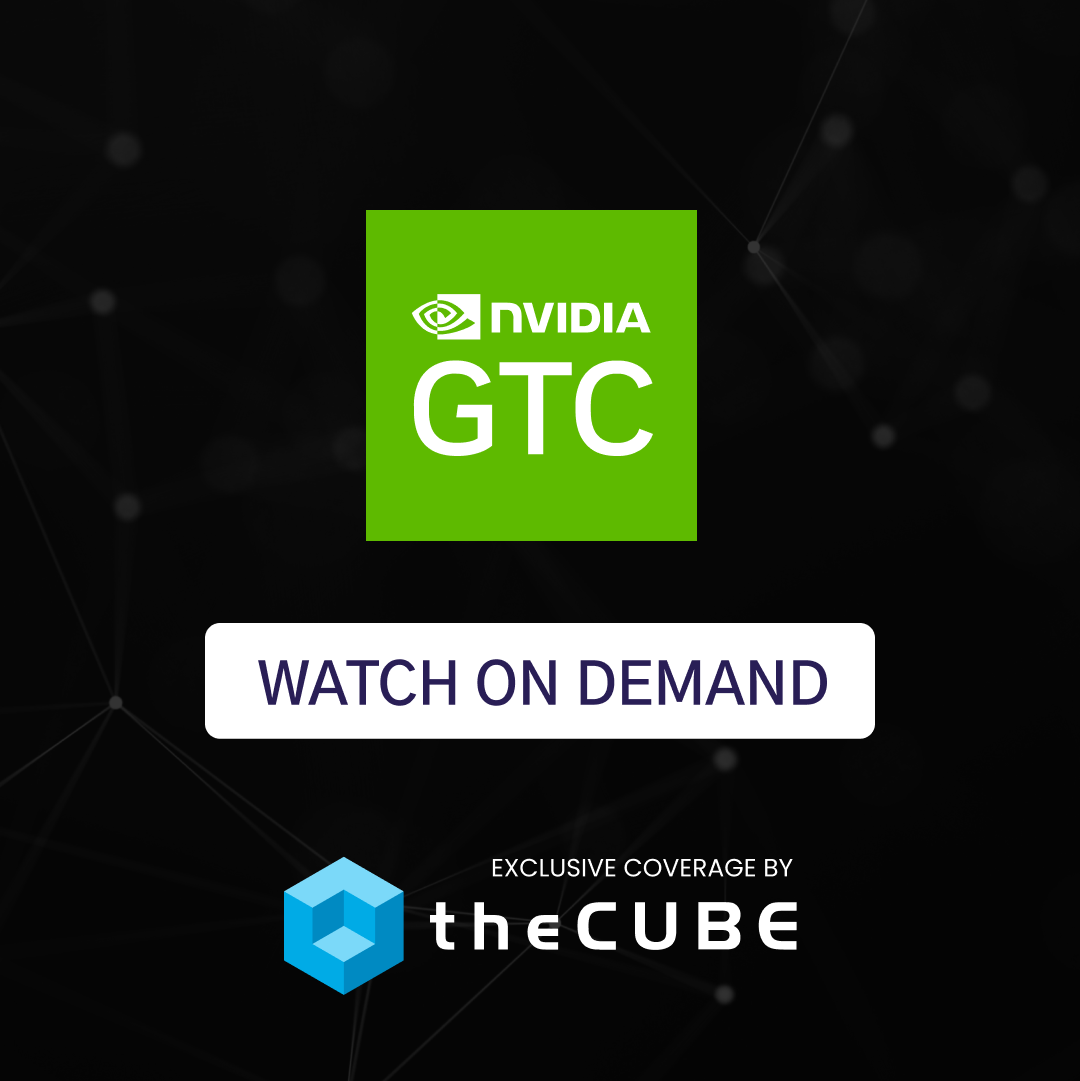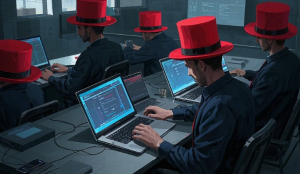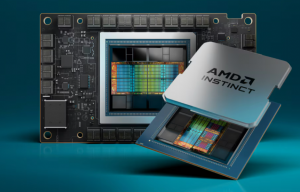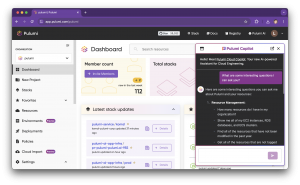Offices are Like Homes of the 1950s. Citrix Says it’s Time to Change.
![]() The turn of the year brings a great number of prediction posts, conjecturing around what will come of 2011. I’ve never been a regular crystal ball gazer in that regard, but a recent chat with Kim Woodward, the VP of marketing at Citrix, added some fun contextualization to the biggest trends to look out for within the cloud this year. For every trend Citrix outlines, they’ve also noted a counter-trend. It’s all part of the company’s Vision Tour, which kicks off this week. The trends discussed below are based on a large scale survey Citrix conducted. See all the results here.
The turn of the year brings a great number of prediction posts, conjecturing around what will come of 2011. I’ve never been a regular crystal ball gazer in that regard, but a recent chat with Kim Woodward, the VP of marketing at Citrix, added some fun contextualization to the biggest trends to look out for within the cloud this year. For every trend Citrix outlines, they’ve also noted a counter-trend. It’s all part of the company’s Vision Tour, which kicks off this week. The trends discussed below are based on a large scale survey Citrix conducted. See all the results here.
For starters, there’s home entertainment. A no-brainer, right? We’ve got tablets, smartphones and settop boxes that deliver movies, music and TV shows on-demand. Woodward mentions that many predicted, years ago, that this trend would kill Hollywood and music concerts, but the exact opposite happened.
“Because you can be solitaire and watch your entertainment choices at your convenience, there’s now more of a need to get out the house and experience entertainment with other people,” Woodward explains.
Avatar is an obvious example, and there’s other factors to consider, like the time it takes to get a theater release down to the digital streaming level, and the marketing efforts poured into promoting 3D movies and games. But beyond this, I tend to think the web’s growing number of discovery tools is aiding in those marketing efforts, but also providing a way for consumers to find musicians and movies that they’re interested in. Home entertainment has become a direct channel for brand-consumer interaction, and a lot of times, this translates into more revenue for the former.
![]() This speaks to a larger trend around the devices consumers use—they have become direct extensions of our work and play lives, reflections of our communication methods and beyond. Where Citrix and the cloud industry is concerned, it’s an opportunity for the enterprise. Let the employee own their own computer, and use Citrix’s technology to enable them to work seamlessly between home and work environments, on the same device.
This speaks to a larger trend around the devices consumers use—they have become direct extensions of our work and play lives, reflections of our communication methods and beyond. Where Citrix and the cloud industry is concerned, it’s an opportunity for the enterprise. Let the employee own their own computer, and use Citrix’s technology to enable them to work seamlessly between home and work environments, on the same device.
“This trend has really changed,” Woodward details. “We’re not just talking about bringing your own computer to work, but having two or three devices to use interchangeably. At the same time, we have the countertrend for IT—it’s changing the way they have to work. Their devices are getting cooler and thinner. It’s good for the green cause, too.”
And it’s not just tech-savvy employees, but regular people, which is a dramatic change. “In 2011 we expect more people to buy devices, now that the market is getting more established,” Woodward goes on. This is certainly a good sign for Citrix, as it’s already established a mobile solution as part of its cloud product offering.
![]() Options like the Citrix Receiver, a client device the company builds to provide access through a Citrix infrastructure, means employees can access their work desktop from their home computer, tablet or smartphone. Security is key, and Citrix offers support for a number of devices, maintaining data protection and proper access across the board.
Options like the Citrix Receiver, a client device the company builds to provide access through a Citrix infrastructure, means employees can access their work desktop from their home computer, tablet or smartphone. Security is key, and Citrix offers support for a number of devices, maintaining data protection and proper access across the board.
This all ties into the “everywhere employee,” the second trend Citrix notes as affecting the cloud industry. “Working outside the office is no longer a special case scenario,” Woodward says. “The average employee will do some work outside of the office, and we call this the ‘everywhere employee.’ That gives them the flexibility to interchange work and personal needs much more dynamically than we did in the past. We find that they’re happier and more productive, and actually end up working more hours on average per week.”
Where the countertrend comes into play for this modifying work force is in the office layout itself. Woodward cites the rising need for collaborative spaces and tools at the office, likening it to the evolution of home design from the 50s into the 90s, where mom’s shift from the house to the workforce meant a new desire for open living spaces.
The last trend Citrix picked up on is on that is invariably shifting the cloud as an industry. “The vendor wars are ramping up, and this is emblematic of every vendor that says they are the cloud,” Woodward observes. Not surprisingly, the countertrend here is that customers want to avoid vendor lock-in. Seeking a piece-meal approach, clients are looking to outside products and services to fill in the gaps that vendor lock-in creates.
Citrix is one such provider, claiming to be the Switzerland of the cloud. Using an open cloud platform approach, Citrix enables a connection to any cloud, thanks to its partnerships and support of multiple Hyper-Vs, management tools, etc. “In the coming years people are going to use clouds, both public and private, for banking, shopping, and work,” Woodward concludes. “The important thing for us is to be neutral and open, and interchange the pieces. That’s what our customers want.”
A message from John Furrier, co-founder of SiliconANGLE:
Your vote of support is important to us and it helps us keep the content FREE.
One click below supports our mission to provide free, deep, and relevant content.
Join our community on YouTube
Join the community that includes more than 15,000 #CubeAlumni experts, including Amazon.com CEO Andy Jassy, Dell Technologies founder and CEO Michael Dell, Intel CEO Pat Gelsinger, and many more luminaries and experts.
THANK YOU











